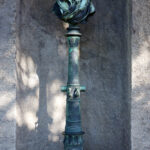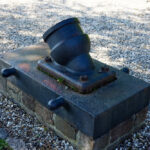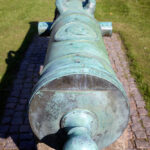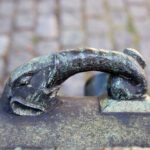The small town of Fredericksværk in northern Sjælland, Denmark, was home to a substantial cannon foundry during the age of front-loading cannon. Between 1756 and 1833, an estimated 2.500 cannon were cast for the Danish military, but also for export.
17th to 19th century arms and maritime antiques














